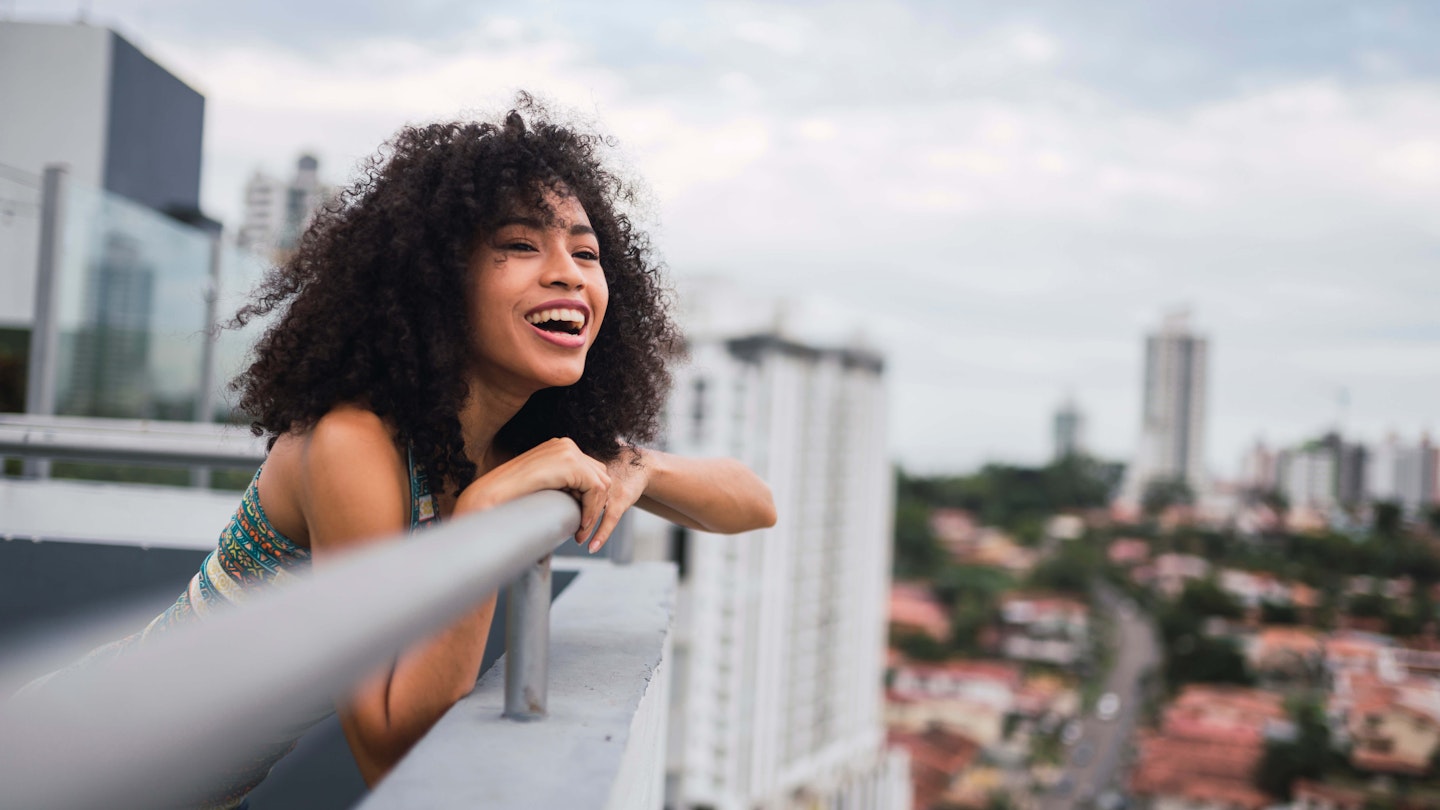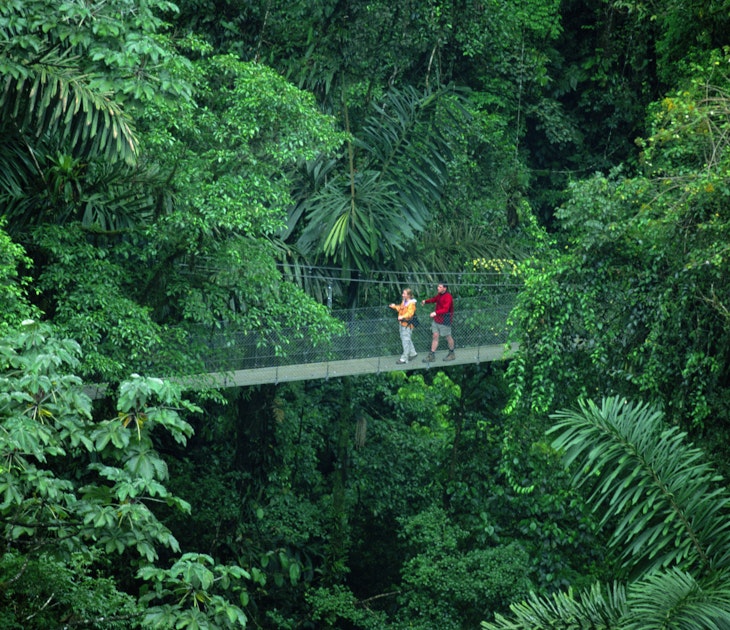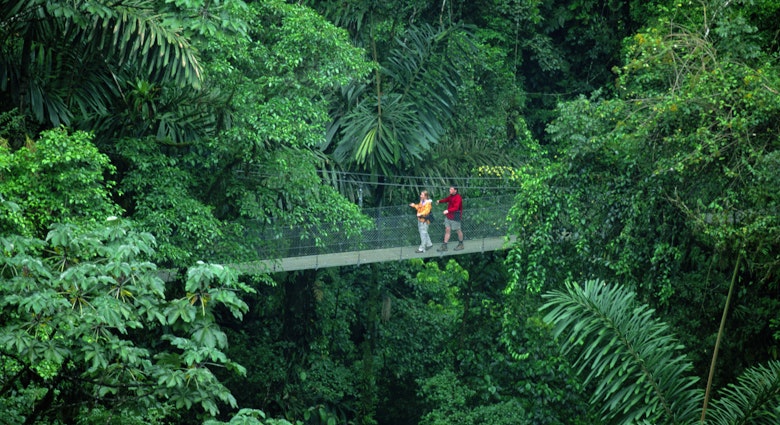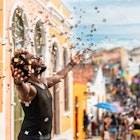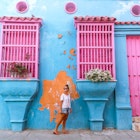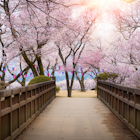If you're looking for idyllic islands, rolling surf, untamed nature and showstopping wildlife, Panama is an ideal destination. It sits at the crossroads of the Americas, connecting two oceans, and beyond its cosmopolitan capital and legendary canal, Panama is a biodiversity hotspot. Did you also know it produces some of the world's finest – and most expensive – coffee?
Here is the top things to know before you go to Panama.
1. Book ahead if you want to join a fiesta
Panamanians love to party, and barely a week goes by without a fiesta, from La Feria de las Flores y del Café in Boquete to the countrywide Carnaval, whose largest and loudest celebrations are in Las Tablas on the Península de Azuero.
There’s also Easter, Christmas and New Year’s. November’s numerous independence-related festivals see shops and offices closed and locals flocking to the beach. Hotel prices often double around public holidays and can be booked out weeks in advance.

2. Pack for the season: dry or wet
The country’s tropical climate means two seasons – hot and dry from December to April and hot and wet the rest of the year. Although the amount of rain depends on what coast you’re on, downpours usually come in short, sharp afternoon bursts before the sun forces you to put your Panama hat back on.
Pack high-factor sunscreen and hot-weather clothes, but carry something for the icy air-conditioning and high altitudes. Pack sturdy boots if you’re planning any hardcore hikes.
3. Carry the right amount of currency
The Panamanian Balboa may be the country’s official currency, but the bills in use are US dollars. Prices are listed in $ or B/, but both currencies have the same value.
Carry small bills for tipping, markets and rural areas, and enough cash in case the ATM doesn’t work (or there are no ATMs at all like in the Archipiélago de San Blas of the Comarca de Guna Yala).
4. You can’t reach Colombia by road
If you’re thinking of road-tripping south to Colombia, think again. The infamous Darién Gap – the land link between Central and South America – is a mash-up of impenetrable jungle, primordial swamps, poisonous snakes and dubious characters, and there’s no road crossing.
But if you plan to head north to Costa Rica and beyond, several long-distance bus lines, such as Tica Bus, cover Central America.
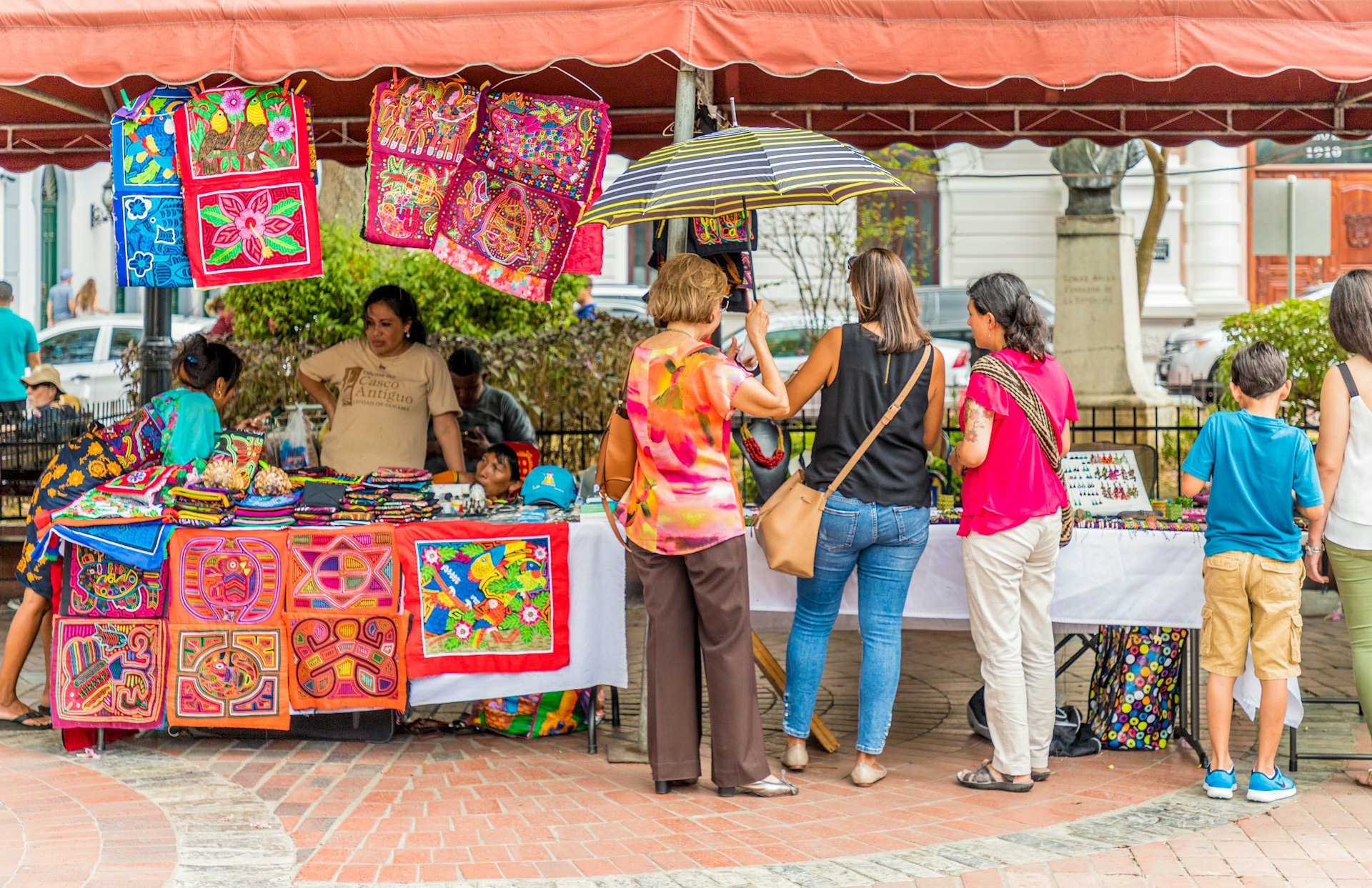
5. Know a few keys phrases (and what not to say)
English is widely spoken, especially in Panama City and Boquete, but mastering a few basic Spanish phrases will endear you to the locals and help if you travel away from the tourist hotspots.
Panama may be laid back, but it’s important to be polite. Always greet people – buenas is a catch-all term for hello – and don’t forget to say please (por favor) and thank you (gracias). Listen out for one-of-a-kind Panamanian phrases, such as que sopa? (what’s up?), buco (a lot), and pinta fria (cold beer).
It's best to avoid subjects involving politics, religion, the Panama Canal and the Panama Papers out of respect to Panamanian residents.
6. Learn to be more tranquil
Panama moves at a relaxed pace, including in the city, so don’t expect lightning-fast responses to requests. As in most of Central America, punctuality is a loose concept, and service in restaurants can be leisurely – meals are meant to be enjoyed and can stretch over several hours – so it's wise to adjust to the gentle flow of life here. Slow down and relax when you arrive in Panama.
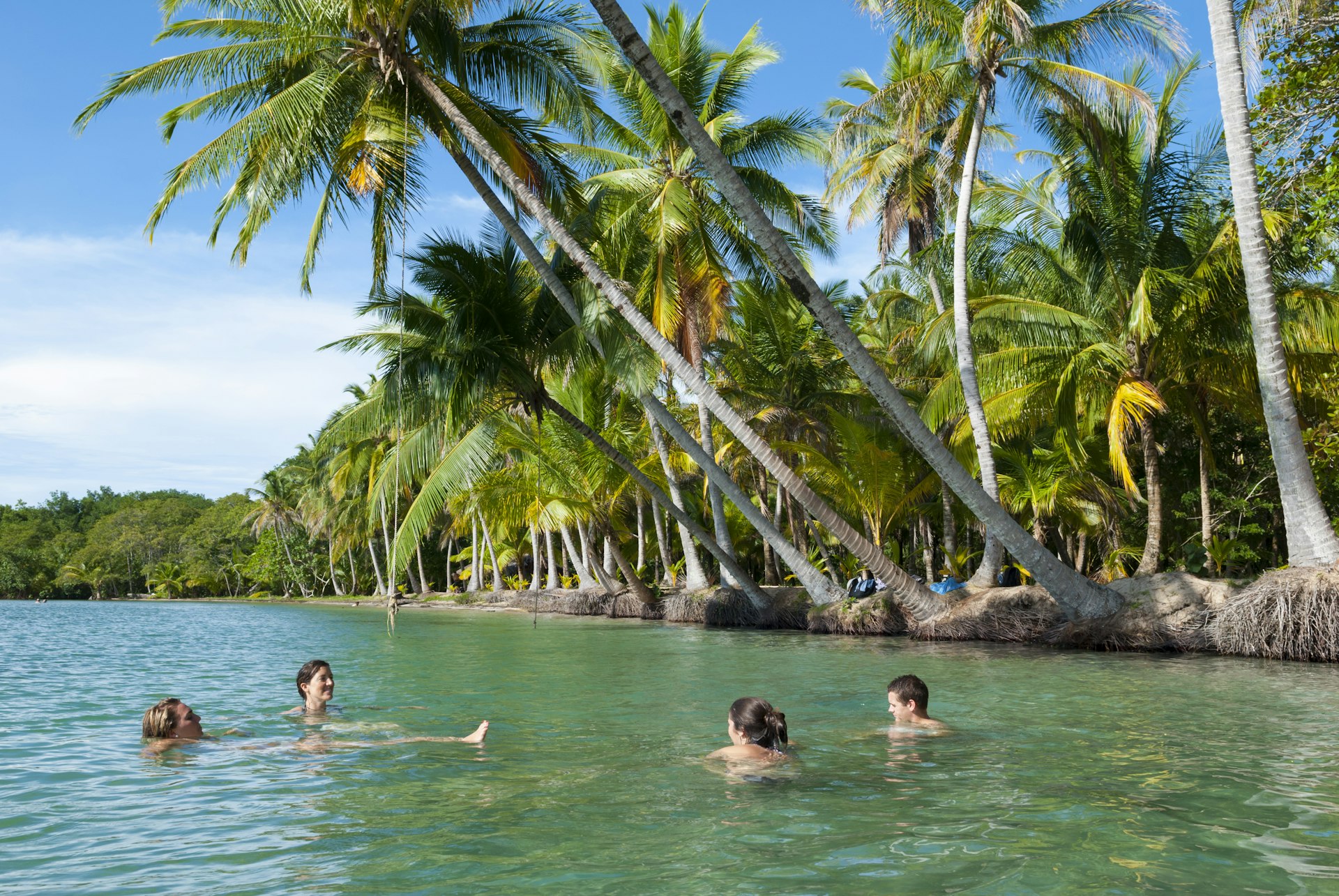
7. The capital has its own dress code
Panamanians dress casually as a rule but tend to be a bit formal in the capital. You don’t have to wear suits or high heels, but the faded T-shirts, short shorts and flip-flops that were fine in Bocas del Toro will look out of place in the city. Also: shirtless men are an absolute no-no.
8. Confirm the fare before taking a cab
Panama’s yellow licensed taxis can be a wallet-friendly way to get around but don’t forget to negotiate a fare before you set off. Taxis aren’t metered, official rates are usually ignored, and tourists are typically overcharged. Ask a local for an idea of a taxi fare cost in advance.
Uber and Lyft are also available in Panama City (although drivers are often willing to go cross-country), along with UberEnglish for non-Spanish speakers and UberAssist for people with mobility issues.
9. When should you tip, and how much?
Tips aren’t compulsory, but they are welcome. In pricier restaurants, if it’s not already been added onto your bill, leave a 10% gratuity. Taxi drivers don’t expect a tip, but you can round up a fare, and if someone helps you with your luggage, give them around $1 to $2.
10. Respect smoke-free zones
Smoking is prohibited in all indoor public spaces, hotel rooms, workplaces, public transport, outdoor dining spaces and sports venues. You can face a fine if you’re caught smoking in a non-designated area. The same goes for vaping. It’s illegal to import and sell e-cigarettes.
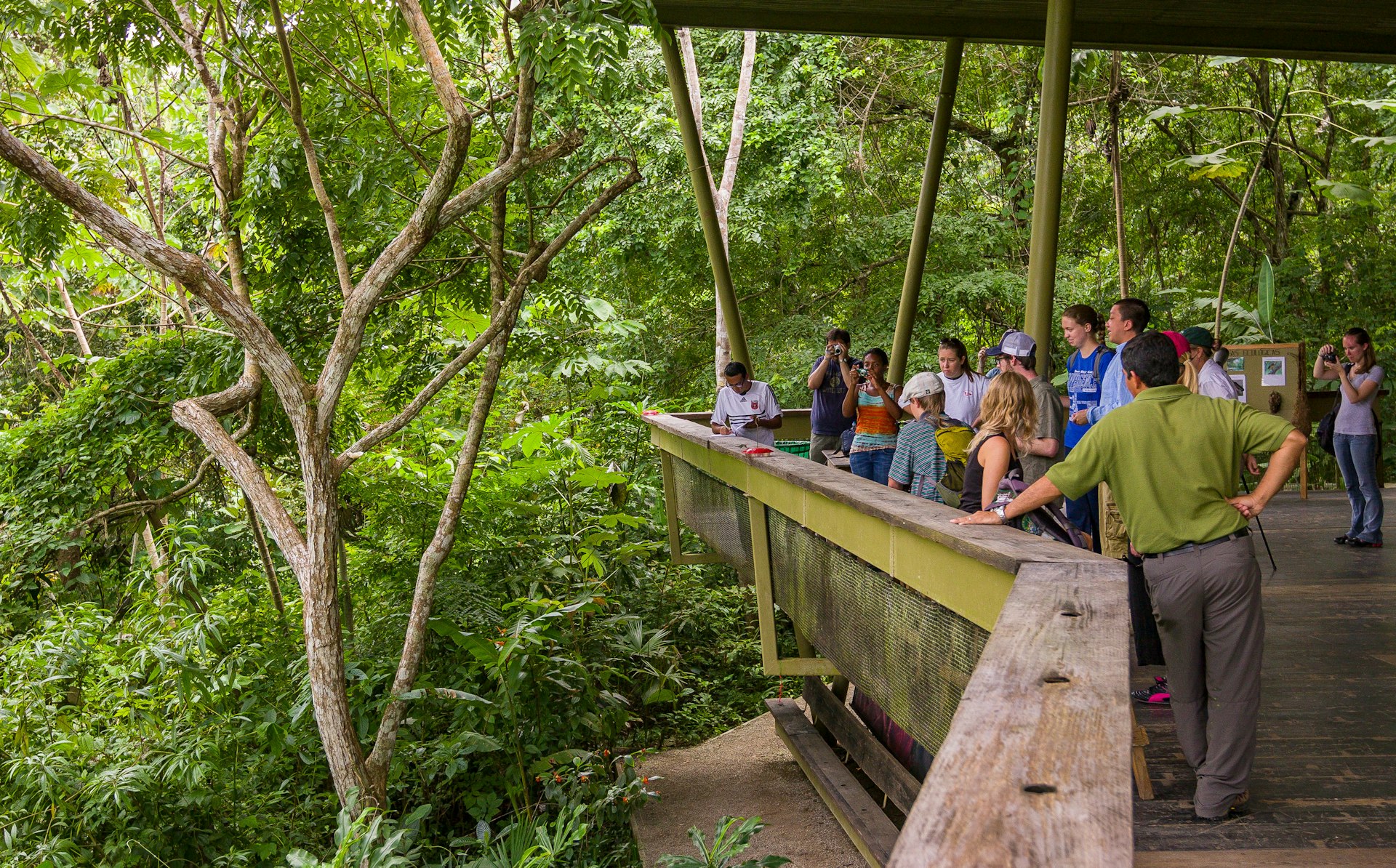
11. Bring repellent to avoid mosquito bites
Not only are mosquito bites itchy, but they can also spread diseases such as dengue fever, so use a heavyweight bug spray, especially if you’re heading to the jungle.
12. Can I drink the water?
With a combo of heat and humidity, it’s important to keep hydrated, particularly if you plan to get active. Tap water is normally safe to drink, especially in cities, but if you’re going off the beaten track, avoid plastic pollution and invest in a water-filter bottle, which you can fill up from any water source.
13. Stay safe in the city
Panama is one of the safest countries in Central America, but it always pays to take a few precautions. Pickpocketing is common in crowded areas of Panama City, including bus stations, markets and shopping areas, so keep your valuables safe.
As in any big city, steer clear of poorly lit streets or wandering around new neighborhoods alone after dark. Avoid carrying all your credit cards at once – or wads of cash – and if you need an ATM, try to use one inside a bank during the day.
Report a crime by dialing 511 9260 (the Tourist Police in Panama City) or 104 (National Police), and keep the number of your embassy handy.
14. In case of a medical emergency
If you need emergency medical assistance, dial 911 for an ambulance. Panama City has good hospitals and clinics, but facilities are more limited outside the capital.
Make sure you have adequate travel insurance and read the fine print before you depart.
15. Keep an eye on the weather
Before you take the plunge on Panama’s two coastlines, check for strong currents or riptides. Inland, heavy rains can cause flash flooding and landslides – October and November are usually the wettest months – so check the weather forecast and follow local advice before hitting the hiking trails, especially if you're going without a local guide.

16. Be wary when interacting with wildlife
While the risk is low, keep your eye out for venomous snakes, such as the fearsome fer-de-lance, while trekking along jungle trails, and avoid swimming in rivers unless you know they’re crocodile-free.
17. Always carry a copy of your ID
Foreign visitors are asked to carry their passports at all times, and the police sometimes check, but it’s safer to carry a photocopy or photo of the opening pages and entry stamp and leave the real thing somewhere secure.
18. Steer clear of drugs
Panama takes its drug laws very seriously. Getting caught with a small amount of illegal drugs, or even being with someone who is using drugs or has them in their possession, is grounds for arrest and can lead to a heavy fine or a harsh prison sentence.

